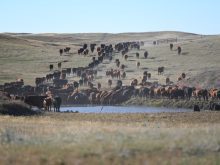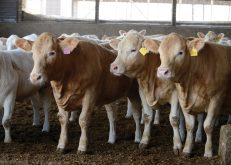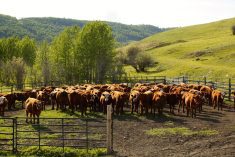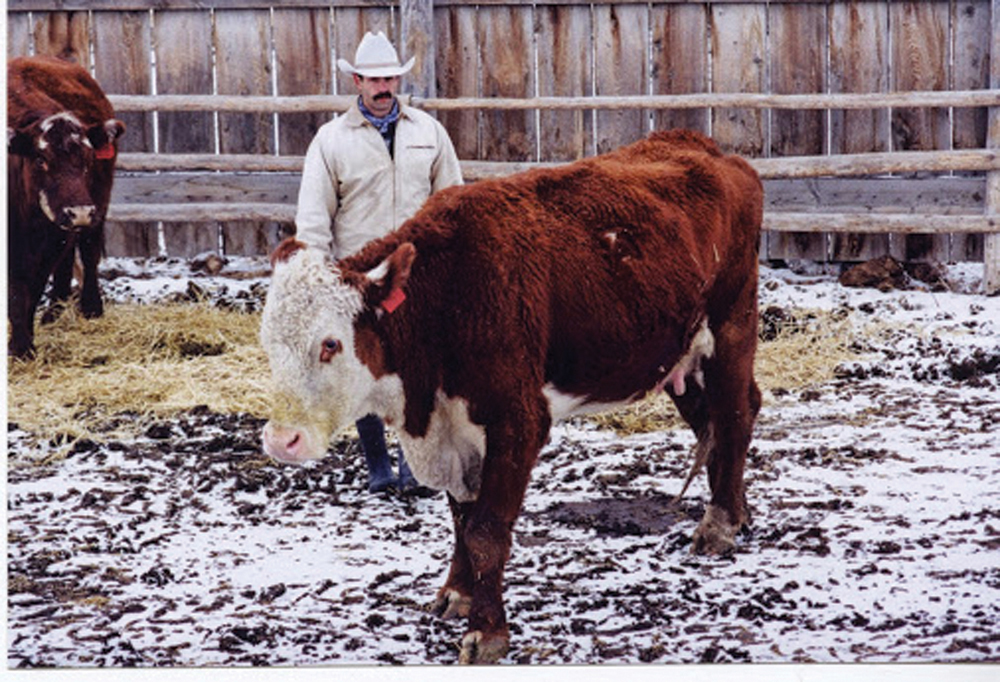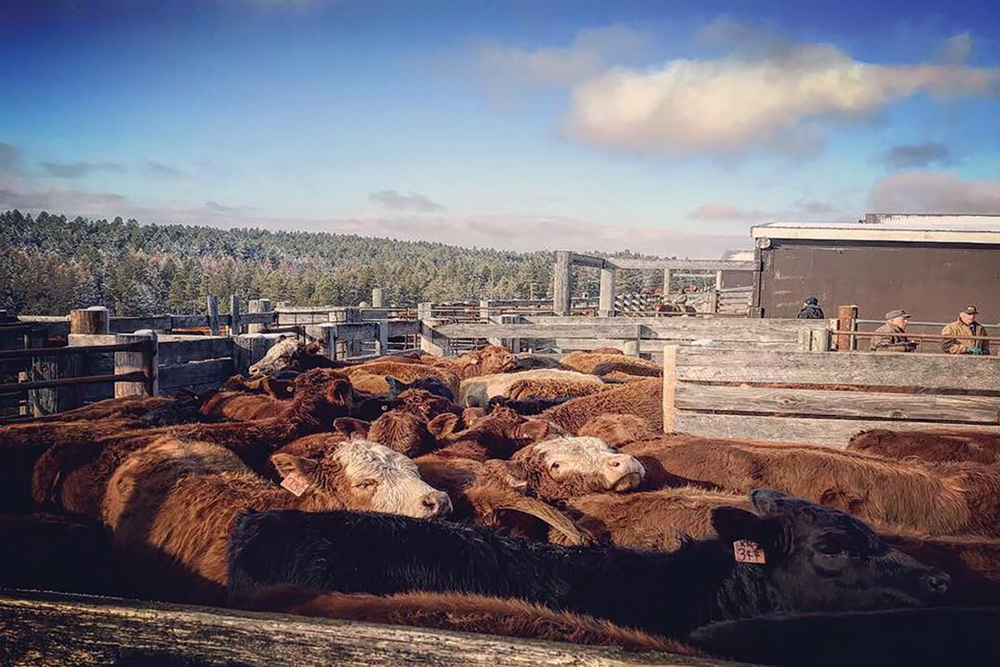Reducing stress can help improve health, animal welfare and production of our cattle. They do better when their heart rates, respiratory rates and cortisol levels are lower. Stress during processing, transporting, loading, unloading and any other interaction can all be reduced.
A lot has been written and described on stress-free cattle handling. I would encourage producers to check out videos on the Merck website www.creatingconnections.info, which is one source that clearly illustrates common sense approaches to cattle husbandry.
Experienced cattle veterinarians are many times in the best position to help, especially when they are involved in processing cows at pregnancy checking or the bulls at semen-testing times. Feedlots will often audit their procedures during loading and unloading, as they know cattle health could be affected if critical things are done wrong. Veterinarians see many different farm operations and may be able to provide direction on how to improve your approach. Sometimes slight changes in the design of processing equipment can make a big difference. The problem may sometimes be the people and how they have been trained (or not trained). I like to watch how people sort and gather cattle. It may tell us a lot about how the day will go. I realize cow-calf people are often processing only once or twice a year, but if we can make it a positive experience every time we work cattle, the animals will be less reluctant to go through the system the next year. Feedlots sometimes let the cattle wander through the system first so they have no reason to balk.
Read Also

Harvest wraps up and fall work begins
At the Eppich famly ranch in western Saskatchewan, the fall harvest was successful with few breakdowns, cows and calves have been sorted and a new tractor has arrived
Properly worded suggestions
Veterinarians should present ideas in such a way that feelings are not hurt. The producer may not see where improvements could be made or that there is a better way to do things. They may not even realize the cattle are being stressed.
We need to help monitor electric prod use, or instances where cattle trip and fall or hit gates, as well as the number of cattle we hear vocalizing.
If the volume and type of language from the workers or owner get carried away, that is a good indication things are not going well. In my opinion, a prod is rarely needed when there is great handling in good facilities. Cattle should advance easily.
I have seen many a time where cattle-holding tubs get overloaded even though all tubs have a perfect number when properly filled. It may be six or eight cows, but it is important to find that sweet spot.
Handling or processing needs to run smoothly, be well organized and have sufficient manpower. You will find slowing down will often inadvertently speed things up. Next time ask your veterinarian or a neighbour who is helping if they can suggest any ways cattle handling can be improved. You may be surprised by the constructive things you find out. Often the proper temperament of people is the key to reducing stress in cattle handling.
Cattle can also be stressed by heat and cold. If weather is bad, if at all possible don’t process, move, or transport cattle in these weather extremes. Immune function is reduced and disease increases when cattle are being crowded. Make sure the home pen is welcoming with feed and water readily available. More time spent with the cattle will hopefully be more than made up by fewer treatments.
Weaning stress
Weaning is one of the main causes of stress in a young calf’s life. Added stressors such as castration or branding, when necessary, need to be done at a different time than weaning time. Weaning techniques such as two-stage, fence line weaning, removing cows from calves and leaving calves in a familiar place are all tried and true.
It is also possible to wean calves too young. Stress is much higher when calves are not used to their feed source, such as when going from grass to silage. Electronic- and direct-marketing services to a feedyard such as DLMS or TEAM minimize the severe stress of transport, unloading, sorting, commingling, loading, transport unloading and processing when calves run through the normal auction system. More calves are being sold through the direct-marketing approach.
Preventative treatments and immunization can reduce the effects of other medical stresses such as parasites (both external and internal) as well as exposure to harmful organisms. Immune modulators may have a place in future cattle production.
We know what stresses humans — politics at work, not getting enough rest, flying or driving. We need to consider what the cattle are experiencing, identify the stressors and do our best to reduce or remove any within our control.
We all know the cattle can differentiate a calm person from an excitable person so we must reduce our stress to reduce theirs. More time spent just being around cattle will hopefully be more than made up by fewer treatments. Here’s to happy cattle handling and as minimal a stress-free environment as possible.



